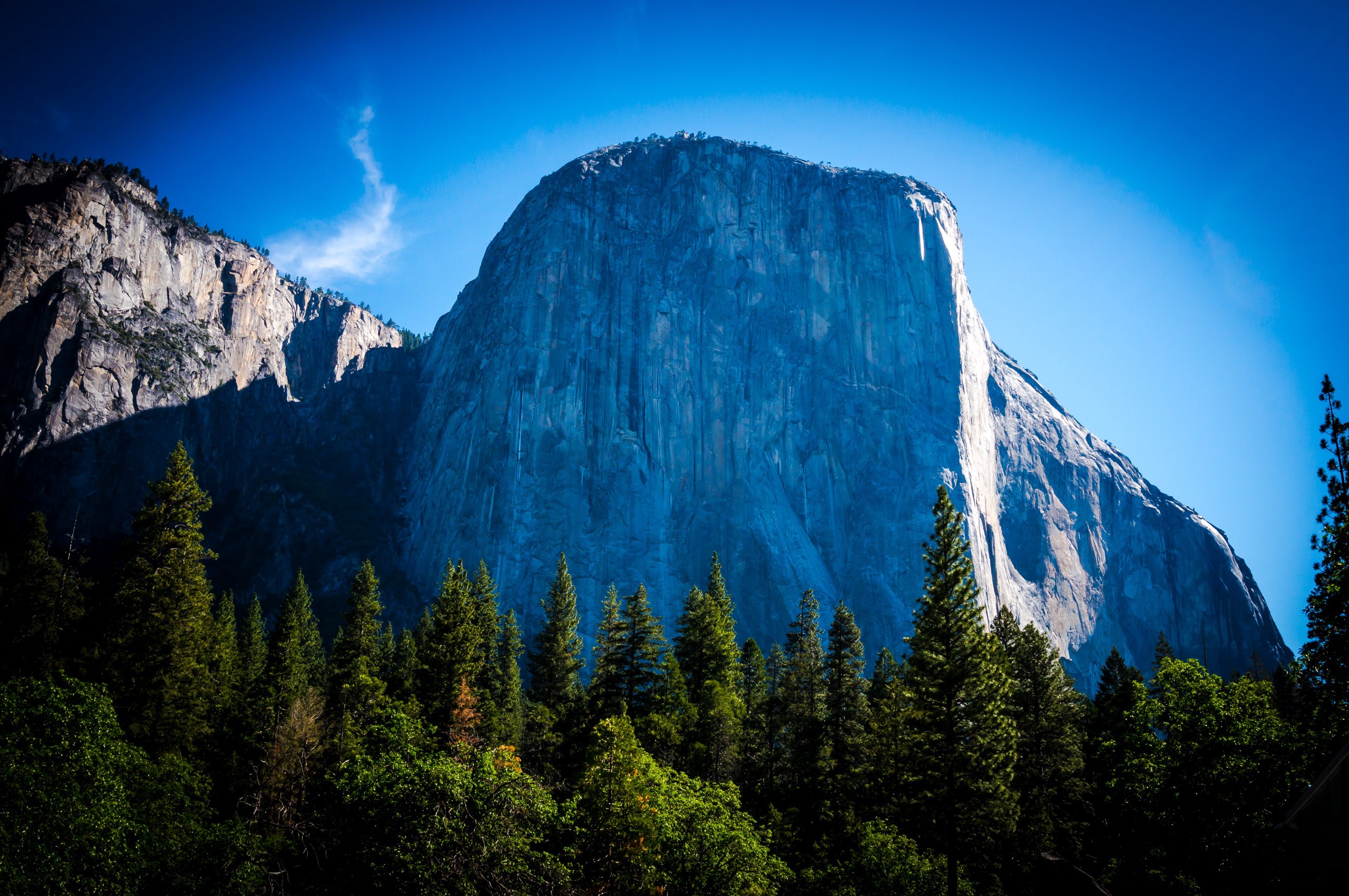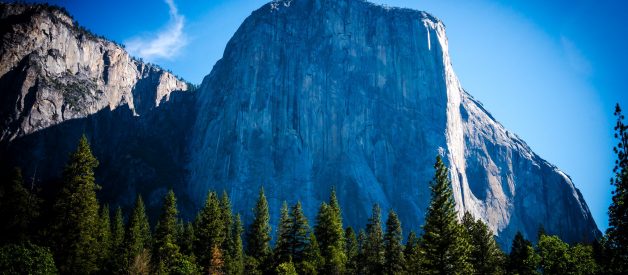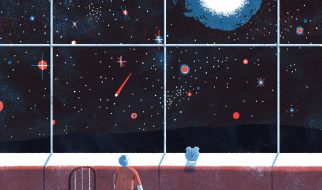Two of the biggest climbing films graced our screens in 2018. But which one was better?

I found myself watching The Dawn Wall for the umpteenth time, overcome with emotion as Tommy Caldwell and Kevin Jorgeson completed a project that was six years in the making. When the film ended, I took a moment to reflect on my life. I thought of the ways in which I?d hit hardship, and what I?d done to overcome it. Equally important, I thought of the events in my life that left me broken for good; the hardships I couldn?t overcome.
The Dawn Wall was a film that brought these emotions out of me. Truth be told, it had that effect on many of us. There was something about Caldwell?s tenacity and relentless pursuit that we could relate to. Climbers or not, we cheered him upwards simply because he was following a dream that seemed near-impossible. And in the process, he was healing. He took the unfamiliar activity of climbing and presented it in such a manner that we could all understand his quest. That?s the power of any good movie.
But The Dawn Wall wasn?t met with critical acclaim. It didn?t hit sold out theaters and win a number of shiny awards for millions to see. Instead, it was Free Solo that had completed that feat. Alex Honnold?s free solo attempt of El Capitan won the hearts of millions around the world, and perhaps led others to watch The Dawn Wall in the process. Yet when I finished both films ? each of which showcased truly stunning depictions of men working within the same climbing community ? I found myself asking one question:
Which film was better?
It almost feels unfair to ask that question because to do so would mean examining each film under a microscope that neither of them deserve. Tommy Caldwell and Kevin Jorgeson did what most felt was impossible at the time, and in doing so they showcased the true essence of the human spirit. Alex Honnold struck a tone of fear and excitement that left us with sweaty palms and held breaths until the very end. These brief summaries should be enough, the end of any further analysis. Maybe it?s because I thought The Dawn Wall was snubbed, or perhaps I simply related to Caldwell?s endeavor more-so than I had to Honnold?s, but I couldn?t let those synopses be the very end. I needed a definitive answer. And as I sit here now, much to my chagrin, I have reached a personal conclusion:
The Dawn Wall was a better film.
To describe one thing as being ?better? than the other is so arbitrary. ?Shake Shack is better than In-N-Out.? ?The West Coast is better than the East Coast.? Opinions will rage on forever, and this article is no different. But when we systematically dissect each film, The Dawn Wall continues to amaze me far more than Free Solo did. And while many will either disagree or simply cry ?SHAME? as I put one film over the other, I?m here to do so anyway. Below I?ve broken down the primary reasons that I believe illustrate why The Dawn Wall was a better film. If you think I?m wrong, send a comment or email with your thoughts. My personal opinion is by no means the be-all, end-all of this debate.
The Process
Tommy Caldwell and Alex Honnold are two interesting men; nobody would dare say otherwise. Each faced personal hardships that either led them to El Cap, or fueled their ascent. Honnold spent a little over a year preparing for his climb. Caldwell, on the other hand, took over six years. Honnold needed to memorize each hold along Free Rider, and spent ample time scaling the wall to do so. Caldwell had to take the blank section of granite that was The Dawn Wall, and find a way to climb it. While Alex?s feat is remarkable (I would never suggest otherwise), Tommy simply spent more time, energy, and skill creating a completely new route that had never been attempted, much less conceived to be possible. Oh, and Caldwell completed at least four first ascents on El Cap before. This point goes to Caldwell.
The Backstory
What felt so captivating about The Dawn Wall was the utter shit that Caldwell endured leading up to the ascent. He grew up in an environment where others considered him mentally disabled. He pushed a man off a ledge in Kyrgyzstan to save himself, rightfully assuming he?d just murdered someone. He chopped off his finger and continued to climb, despite the fact that others told him he couldn?t. His wife left him for another man, leaving him both lost and without a climbing partner.
Everything that Tommy had to endure led to his ascent of The Dawn Wall. It was his form of healing, of coming to reality with himself and the pain he suppressed for so long. By moving up the wall, he was using not only physical strength, but mental strength as well. As a result, his completion of the route with Jorgeson felt that much more special. The two overcame significant odds when the world told them it wasn?t possible.
Free Solo, on the other hand, seemed to push a narrative that didn?t quite fit. Jimmy Chin used Honnold?s relationship as a centerpiece of the film, adding some form of suspense in which we were led to believe that his relationships were distractions, yet also important variables through which others supported him. But Honnold struggled with this fact his entire life, throughout the span of multiple relationships. The strain that his free solo attempts put on his relationships was nothing new. As a free soloist, that was a reality he?d faced throughout much of his life with his family, partners, and friends. I felt underwhelmed by this emotional narrative in which we were led to believe this single ascent was the one thing that could make or break him. Every ascent could make or break him. Point to Caldwell again.
The Cinematography
This is where Free Solo unquestionably stands out. It may in fact be the very reason the film reached such acclaim. Jimmy Chin is a talented film director that?s worked in the climbing industry for decades. His past experience is highlighted time and again during Free Solo. Every shot is breathtaking, the angles he found were difficult, and the added element of ensuring Honnold felt entirely comfortable throughout the climb was likely something we took for granted. By working with National Geographic, Chin partnered with a household name in film and photography. Free Solo was wonderfully shot, and neither I nor anyone else would debate that fact. While The Dawn Wall had its fair share of captivating cinematography, nobody would put it over Free Solo, and for good reason. Point to Honnold.
The Feats
Both men summited El Capitan, the monolithic slab of granite shooting out of the Yosemite Valley. One did so on an established route, Free Rider, and completed the feat in approximately three hours. The other did so on an unknown route that was newly created and never before climb, never mind even attempted. Honnold free soloed a number of other peaks, many that were arguably more difficult than Free Rider. Caldwell, on the other hand, summited a peak that most in the climbing world had assumed was actually impossible. They didn?t say it would be really tough, or that he would have a difficult time trying. No, they said it could not be done. And yet, it was completed after nineteen days on the wall.
I?m not here to minimize Honnold?s feat. Free Soloing any peak is probably the most badass thing a human can do. Your life is on the line every single second. You can?t make one mistake or you risk falling to your death as many already have. Free Solo did well to touch on that fact. Yet Caldwell pulled off something that was called impossible. Honnold climbed a route that was relatively easy and well-established. Point to Caldwell.
The Conclusion
These stories were incredible. I don?t mean to make one film sound less significant by saying the other was better. Honnold stunned the world, as did Caldwell. They did so in different yet similar ways. Each climbed the very same vertical rock formation, but chose to do so on different routes through different climbing styles. I left Free Solo with sweaty palms and a heavy heartbeat. Part of me felt as if I?d just climbed that wall. I wanted so badly to meet Alex Honnold, just tell him how much the movie meant to me and how fucking cool he was (and I don?t even climb). The Dawn Wall, on the other hand, left me emotional. I felt good on Tommy?s behalf. I saw someone that had just lost everything, and used that hardship to fuel an inspiring tale that will never be forgotten. Perhaps it?s simply wrong to even compare the two films at all. Caldwell, Honnold, and Jorgeson deserve untold praise. They were, and continue to be, the embodiment of what we?re all capable of, if only to a lesser degree. El Cap is a mountain in Yosemite Valley that two different men decided to climb because it challenged them. What is your El Capitan?
Some Extra Food For Thought
Jim Reynolds is a free soloist that many may not know. On March 21st of 2019, the 25-year-old from California free solo-ed Afanassieff on Fitz Roy, Patagonia?s iconic peak. Rather than rappel back down, he free solo-ed the down climb of the 5,000 foot peak as well. It took him over fifteen hours to complete the 10,000 foot-plus round trip. And unlike Honnold who spent ample time learning the ins and outs of Free Rider, Reynolds climbed Afanassieff onsight. He never climbed the route before, and had no knowledge of what maneuvers he would need to make.
Too bad National Geographic didn?t make a movie about him.


